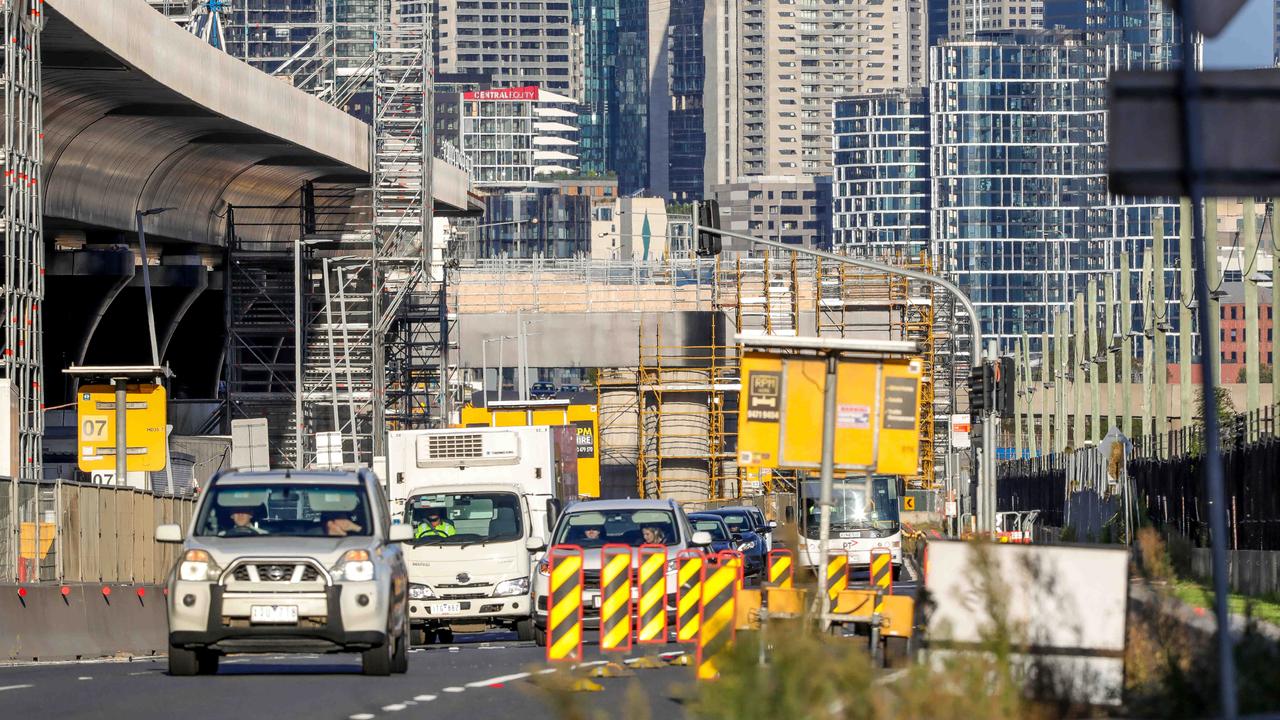Podcast: What happened to Australia’s HMAS EA1 submarine
THE excruciating last moments for 35 doomed submariners has been revealed for the first time, with a team of experts led by a Victorian retired rear admiral finally establishing how and why Australia’s AE1 submarine was lost to the sea for more than a century. LISTEN TO THE PODCAST
News
Don't miss out on the headlines from News . Followed categories will be added to My News.
DEATH came in an instant for the doomed men aboard HMAS AE1.
When the hull of Australia’s first E-class submarine finally groaned and gave way, all 35 brave sons, fathers and brothers were engaged in a fight to keep the vessel from spiralling into the deep gloom of the Pacific.
Experts who have carefully examined the wreckage on the sea floor say, in the end, they would not have felt a thing.
HMAS AE1 FOUND AFTER MORE THAN 103 YEARS
QUESTIONS REMAIN OVER OUR GREATEST MARITIME MYSTERY
AE2: AUSTRALIA’S ANZAC DAY VICTOR
Exactly what happened to AE1, 104 years ago today, had remained a mystery until its discovery last year off the coast of the Duke of York island group in Papua New Guinea.
It marked the most significant find in Australian maritime history and offered closure to ancestors who had longed for answers.
Now, an analysis of the site of the most significant find in Australian maritime history can now offer the crew’s descendants some long-sought answers.
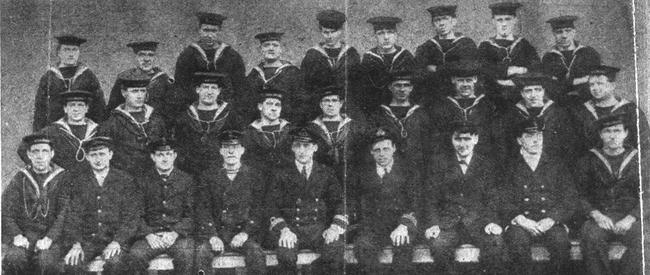
A team led by Victorian retired rear admiral Peter Briggs has established the crew died instantly, at an unknown depth, when the forward pressure hull imploded.
Mr Briggs said: “It was a high-energy event, like a truck bomb going off in the control room. They would have known they were in trouble, but they would not have even seen it coming.”
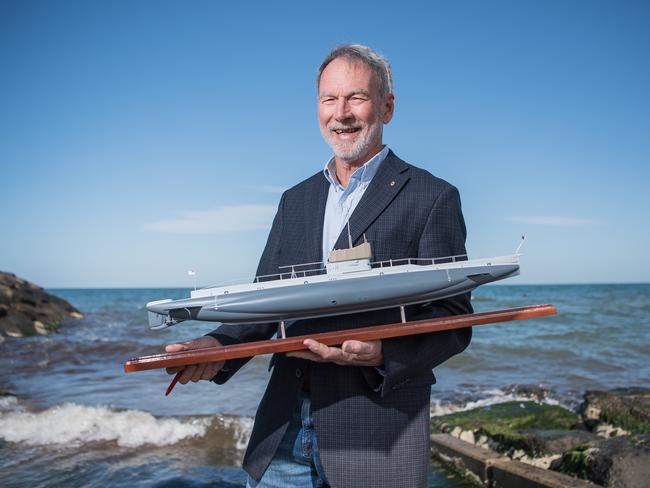
Investigators believe AE1 was hunting a German steamer and had both of its torpedo tubes open and ready to launch an attack.
But photographs of the site have revealed that a critical ventilation valve in the hull was partially open. This opening would have allowed water to flood the engine room, which may have resulted in a loss of control.
Why it was open may never be known.
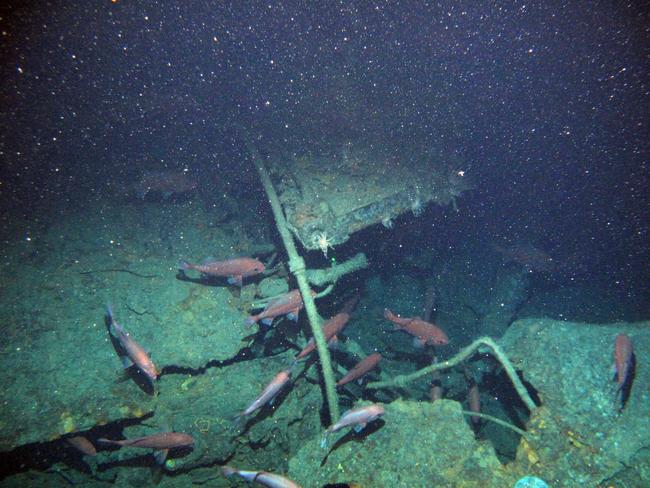

The submarine continued its fatal dive until it struck the sea bed stern first at a shallow angle, breaking off the skeg and rudder.
The hull then pitched forward, breaking AE1’s back and possibly snapping off all four hydroplane guards.
“When you look at the photographs you can see it,” Mr Briggs said.
“The implosion area over the forward torpedo compartment and a whole stretch back to the aft end of the fin, the controlling area, is all collapsed.
“The pressure wave had blown off the engine room hatch,” he said.
“Going over it with the drop camera, there was a sense that we were looking at the grave of 35 submariners.”
The most technologically advanced submarine of its time, AE1 had joined the naval forces assigned to the capture of the German Pacific colonies at the outbreak of WWI.
Chief engine room artificer Joseph Wilson was among the British members of the crew. He left six children to grapple with a lifetime of questions.

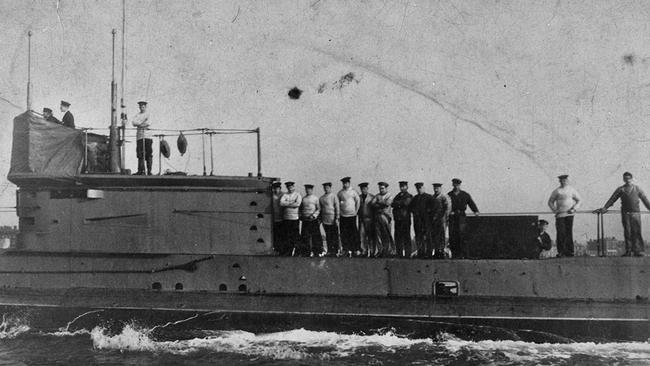

Grandson Ian Wilson, an English expatriate, said his father had rarely spoken about his grandfather, but had eventually decided to shift his family to Australia.
“He was looking for answers,” Mr Wilson said.
“He never knew what happened and desperately wanted to.
“I often wondered, did my grandfather suffer?
“When I found out what happened, it was a big relief. Water went in that fast they didn’t know what hit them.”
Australian Maritime Museum head of research and maritime archaeologist Nigel Erskine was part of the exploration team.
He said the technology used marked a new era in ocean exploration, of “things which we thought were inaccessible at great depths or in extremely remote locations — a whole new world is opening up”.
“It allows us, as archaeologists, to find the ends to a whole bunch of stories that have eluded us,” he said.
The ship and the technology used to find AE1 was the same used to scan the search zone for MH370, the Malaysian Airlines jet believed to be in the Indian Ocean off the coast of Western Australia.
HOW AE1 SEARCH BENEFITED FROM THE SEARCH FOR MH370

Dr Erskine said if AE1 could be found after 100 years, there would always be every chance of finding the plane.
“Given the way technology is progressing exponentially, who knows what will happen in the next few years? It’s a really exciting frontier,” Dr Erskine said.
Mr Briggs said the missing plane was likely to be sitting on the ocean floor about 100km further south of the existing search area.
“I’ve no doubt if they were looking in the right area they would find it,” he said.
“I believe the aviation experts who have mounted the argument it was an aircraft hijack … and the result of that is it is 100km further on than you might expect.”
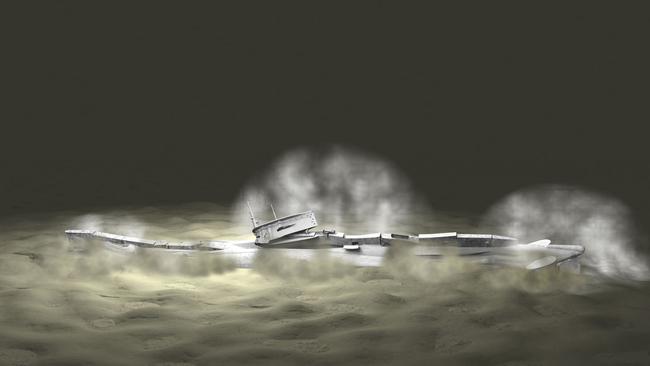
He said the airline was less enthusiastic about backing a fresh search because it could lead to higher costs and hugely expensive compensation.
But for now, the focus remains on what the technology has discovered.
In finding the wreckage of AE1, the maritime experts have at last revealed the final resting place of 35 lost servicemen, ten of them Australians and one a New Zealander.
For more than a century, the ocean has been slowly and steadily reclaiming the vessel.
The wreck site is now a beautiful graveyard.
“The wreck has become a haven for fish,” Dr Erskine said.
“The living environment around that wreck is not incompatible with a suitable place to come to rest.
“Finally.”


